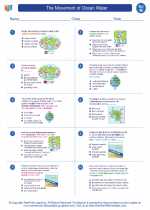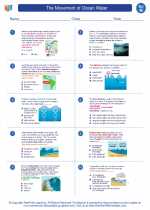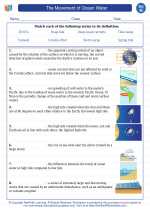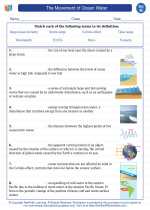Geography
Geography is the study of the Earth's landscapes, environments, and the relationships between people and their surroundings. It is a diverse field that encompasses both physical and human geography.
Physical Geography
Physical geography focuses on the natural features and processes of the Earth. This includes the study of landforms, climates, vegetation, and natural disasters such as earthquakes and volcanoes. Understanding physical geography helps us comprehend the forces that shape the Earth's surface and how they impact human activities.
Human Geography
Human geography examines the ways in which humans interact with their environment. This includes the study of population, migration, culture, urban development, and the impact of human activities on the environment. It helps us understand how people live, work, and shape the world around them.
Geographic Tools
Geographers use various tools and technologies to study the Earth, including maps, geographic information systems (GIS), remote sensing, and GPS. These tools help geographers gather, analyze, and visualize spatial data to better understand patterns and relationships on Earth's surface.
Geography Study Guide
- Learn about the different types of landforms such as mountains, rivers, and plains.
- Understand the characteristics of different climate zones and their impact on human activities.
- Explore the cultural and economic differences between various regions of the world.
- Study the processes involved in human migration and urbanization.
- Practice using maps and geographic tools to analyze spatial patterns and relationships.
By studying geography, you'll gain a deeper understanding of the Earth and the complex interactions between humans and their environment.
[Geography] Related Worksheets and Study Guides:
.◂Science Worksheets and Study Guides Eighth Grade. The Movement of Ocean Water

 Worksheet/Answer key
Worksheet/Answer key
 Worksheet/Answer key
Worksheet/Answer key
 Worksheet/Answer key
Worksheet/Answer key
 Vocabulary/Answer key
Vocabulary/Answer key
 Vocabulary/Answer key
Vocabulary/Answer key
